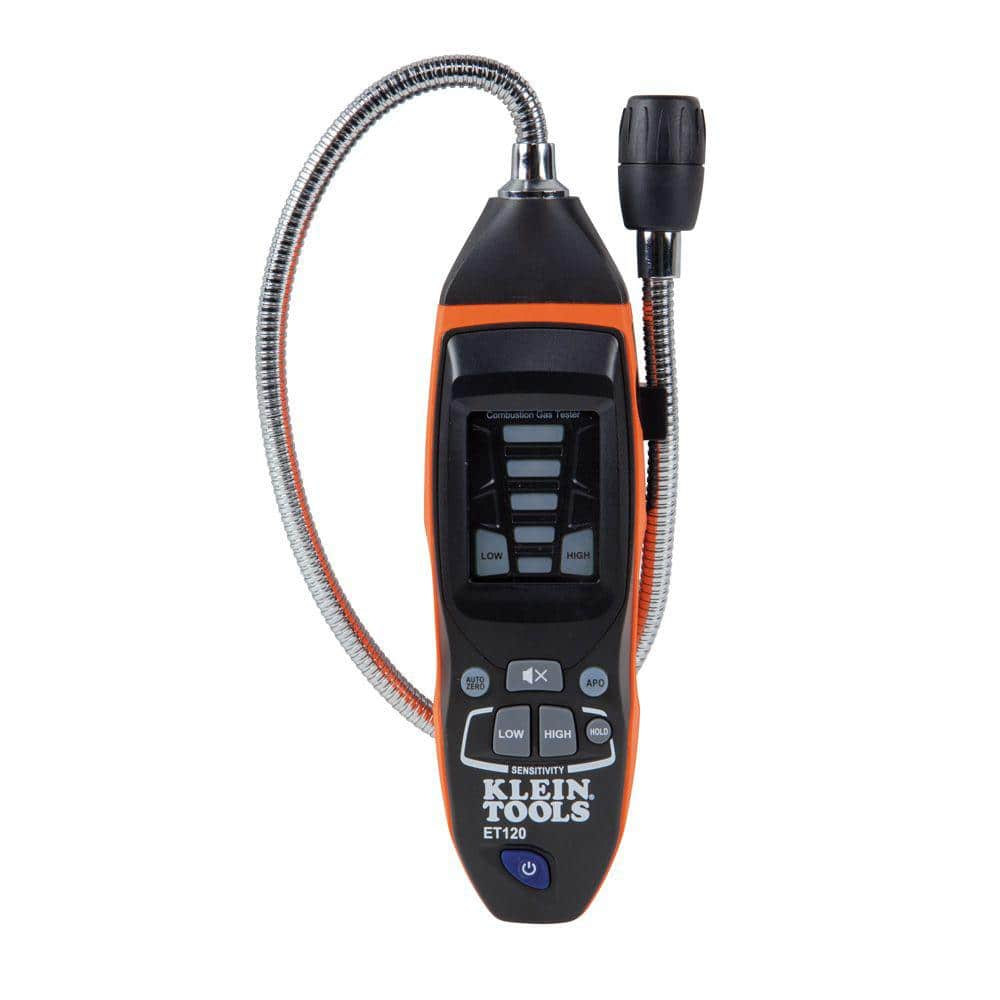Just to recap, we had a handyman do all this. I know there might be some concerns about the quality of work, but we've used this guy for years. At least in California there doesn't need to be a contractor's license for work under $500. I watched him work and I think he did a competent job.
He looked it over and the first thing he did was shut off the gas at the meter, which was easy enough. I suppose if the utility shuts it off, they also place a lock on it.
He did end up disassembling all the tubing and tees from the valve up. That included the furnace (to the left) and the dryer going up and then against a wall until it met with with a flexible dryer line. I suppose he had to do that in order to be able to disassemble at the valve. When he reconnected everything, he used copious amounts of RectorSeal 5 inside the threads. But with the reconnection, he left out the valve and a connector. The tubing was slightly moved and the clamps holding the tubing against the wall had to be slightly relocated.
I think the valve was just left in place previously but wasn't necessarily needed any more I'm not sure what's up with that tee, since it looks really old, but was otherwise in condition with the inside threads looking clean inside with no corrosion. The dryer connection used black tubing and I think it was probably installed in the 90s at my mom's request. I'm trying to figure out what was there since the tee is clearly really old. I'm thinking it might have been plugged at one end of the tee. The furnace is old but it looks like an 80s or 90s era inlet valve.

